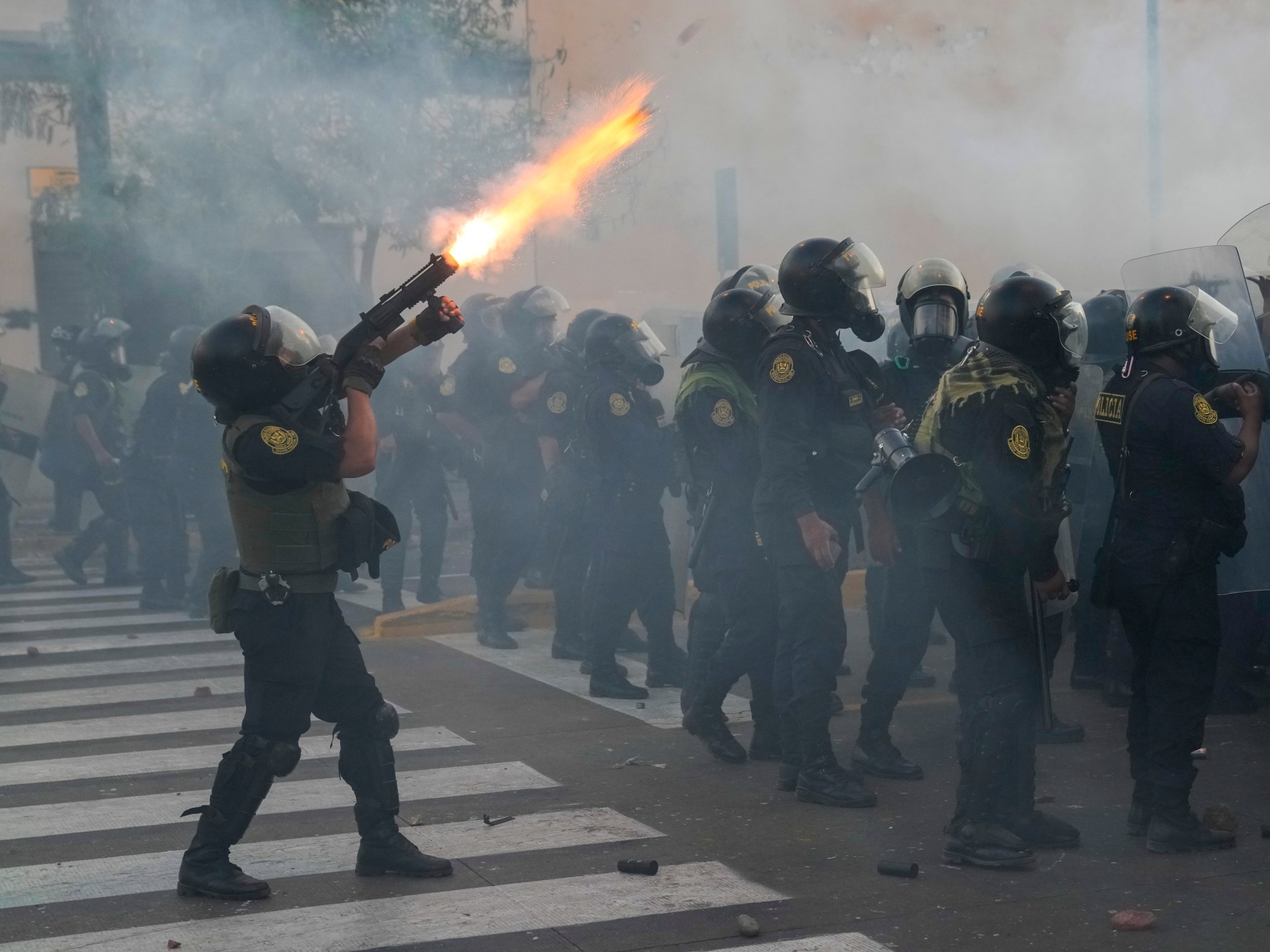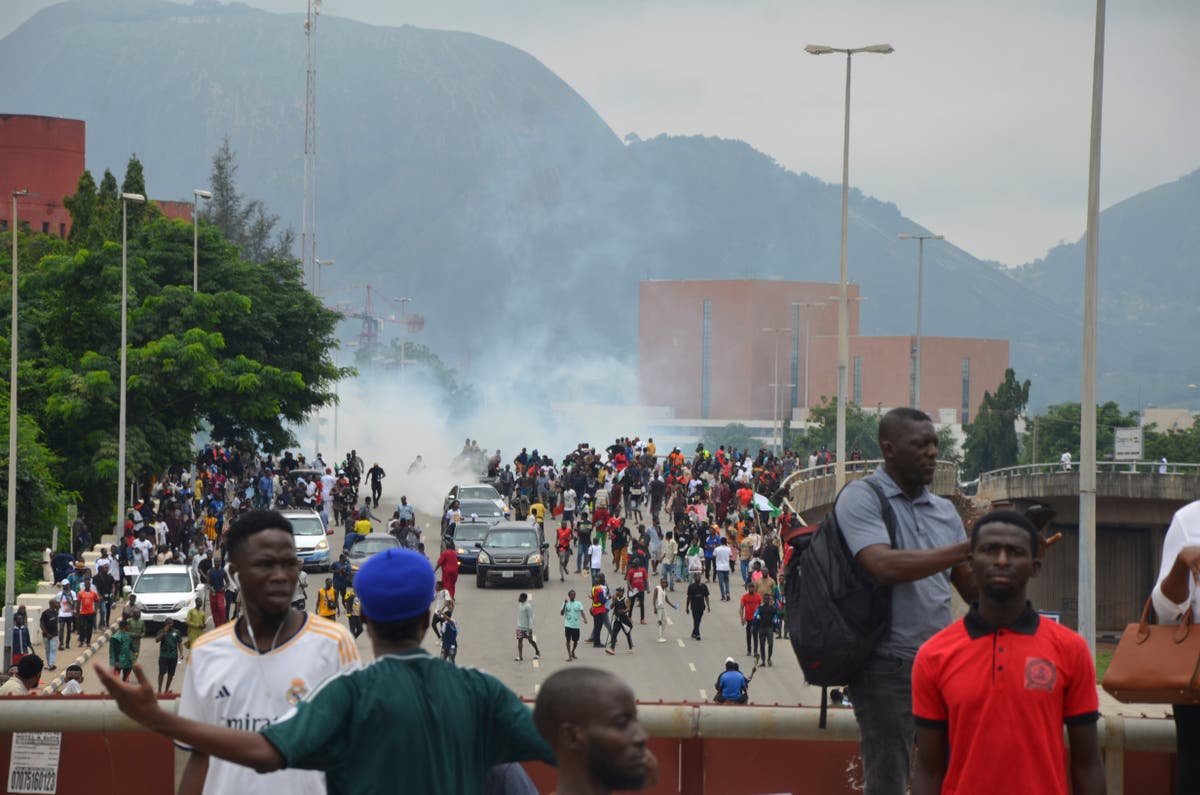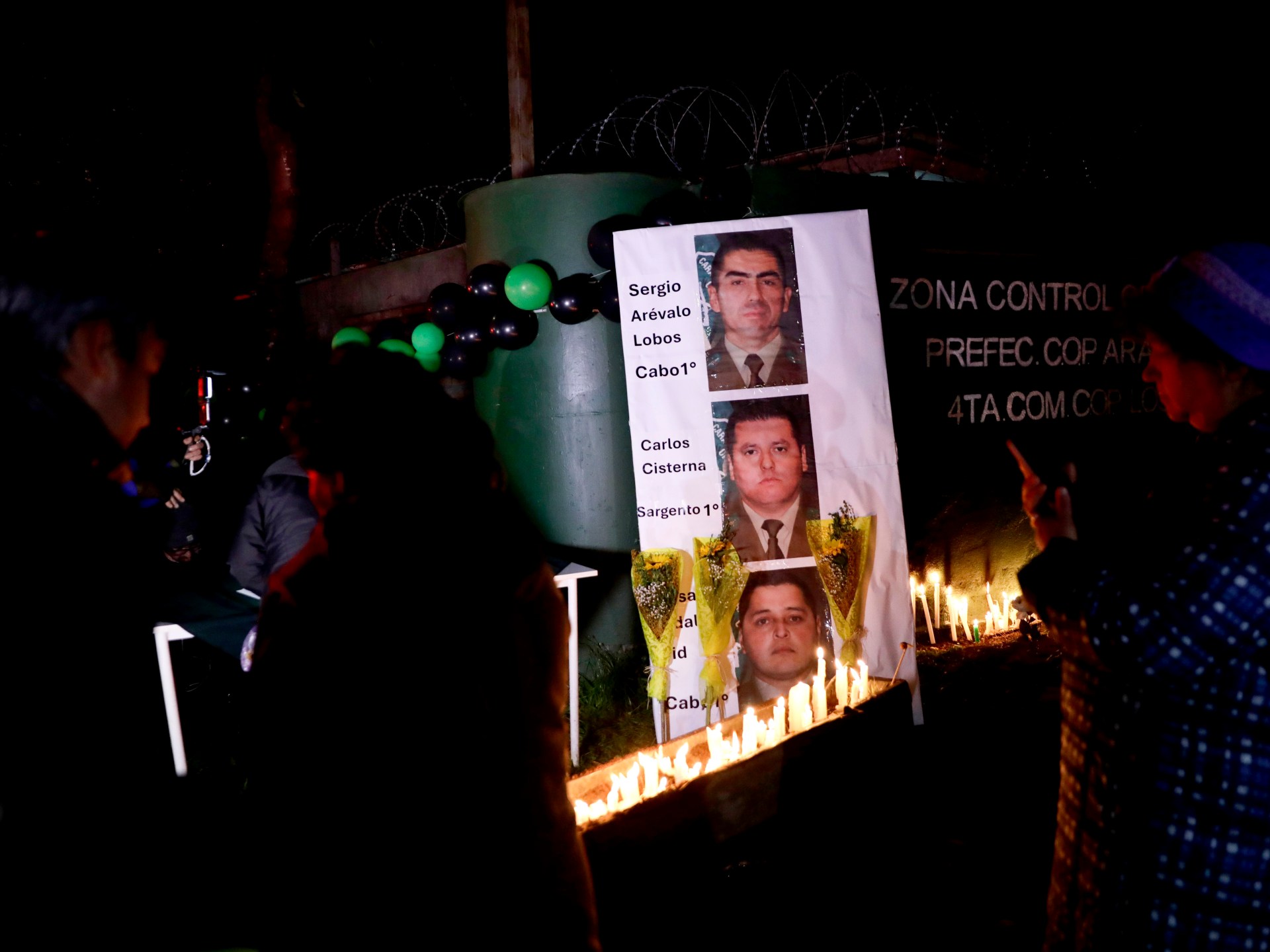
Autopsies show 30 people died from gunfire in Peru protests
Associated PressLIMA, Peru — In autopsy after autopsy, Peruvian anti-government protesters share the same cause of death: “firearm projectile.” Crhistian Armando Mamani, a 22-year-old musician, was protesting in a southern city when a bullet entered the left side of his torso and pierced both of his lungs. Human rights groups — including the United Nations — have called on the Peruvian government to investigate claims of excessive force used by police and soldiers during recent protests that have left 49 civilians dead, and the autopsies provide some evidence of the alleged use of lethal ammunition. Carmen Rosa Cardoza, a Peruvian forensic anthropologist, told the AP that the autopsies show a pattern of a “disproportionate use of force.” “In the injuries by the firearm projectiles, there’s a pattern linked to human rights violations,” she said, noting that most of the fatal wounds are on the head, neck, thorax and abdomen. The Interamerican Commission on Human Rights requested in January that Peru’s government launch an inquiry into the use of weapons by police during the protests. Then, in the last week of February, the U.N. High Commissioner for Human Rights sent a document to Peru’s government that expressed the organization’s concern with the deaths of protesters and gave the government 60 days to provide more information on what it is doing to investigate the killings and implement policies that prevent the excessive use of force in protests.
History of this topic

Peru braces for protests after former President Fujimori's release from prison
NPR
Peru’s Boluarte denounces protests as ‘threat to democracy’
Al Jazeera
Rights panel says Peru used excessive force to quell anti-government protests
LA Times
Rights commission says Peru crackdown may qualify as a ‘massacre’
Al Jazeera
Rights group denounces ‘brutal’ protest crackdown in Peru
Al Jazeera
Autopsies show 30 people died from gunfire in Peru protests
LA Times
Nearly 50 injured in Peru's latest anti-government march
The Hindu
Protester killed in Peru’s capital, rising crisis toll to 58
Associated Press
Protester dies in Lima as Peru’s crisis continues
Al Jazeera)
Peru: Army, police to dismantle protester roadblocks, says government
FirstpostPeru protesters tear-gassed after President Boluarte calls for truce
The Hindu
Peru protesters tear-gassed after president calls for truce
The Independent
Peru protesters clash with police after president calls for truce
Al Jazeera
Police fire tear gas as protests continue in Peru
Al Jazeera
Dozens injured as deadly protests continue in Peru
Al Jazeera
2 more people killed in southern Peru amid unrest
Associated Press
After weeks of violent protests, what is happening in Peru?
Al Jazeera
Teen’s death brings toll in month of unrest in Peru to 49
Associated Press
Peru attorney general launches investigations into protest deaths
Al Jazeera
Peru anti-government protests spread, with clashes in Cusco
The Hindu
Antigovernment protests spread across Peru and near tourist draw of Machu Picchu
NPR
Protester killed in Peru as anti-government violence spreads to tourist city
CNN
Peru President under investigation after dozens killed in protests
The Hindu
Peru orders curfew in violence-hit region after 18 deaths
Hindustan Times
At least 17 dead in anti-government protests in southern Peru
Al Jazeera
Photos: The deadliest day of anti-government protests in Peru
Al Jazeera
Inquiry launched into Peru president, curfew in restive region
Al Jazeera
Protests over Peru's political crisis continue around nation
The Independent
Indigenous protester dies in Ecuador as violence increases
Al Jazeera
Peru: dozens wounded amid political crisis as protesters and police clash
CNNDiscover Related
)








)












)













)

